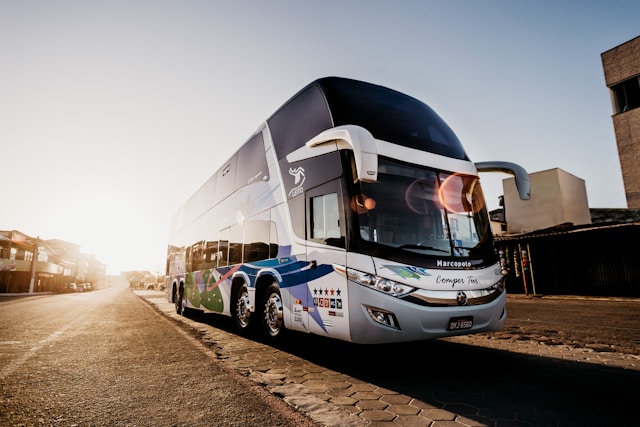In offices across Washington, the digital hum of artificial intelligence is now as common as the morning coffee. Yet beneath the surface of this technological revolution, a quieter question persists: Are we losing sight of the human connections that hold organizations together?
The arrival of AI has transformed the nature of work at a pace matched only by the initial waves of the internet. What was once a gradual shift has become, in the eyes of many executives, an urgent race to implement new technologies and automate processes. For businesses eager to remain competitive, AI promises increased efficiency, cost savings, and access to new markets. The temptation to focus on tools and metrics, however, has left some organizations overlooking the essential value of teamwork, collaboration, and wellbeing.
Recent surveys cited by Forbes contributors suggest a complex picture. While senior leaders herald the advantages of AI, rank-and-file employees often report quite different experiences. As noted by researchers from the University of Chicago and University of Copenhagen, the anticipated productivity gains from chatbots and generative AI have yet to materialize in many sectors. Instead, the introduction of new technologies can coincide with workers feeling disengaged or even sidelined, with little impact on earnings or hours worked.
At the heart of this disconnect lies a fundamental tension: AI may automate tasks, but it cannot automate trust, creativity, or the bonds that turn a group of individuals into a high-performing team. Reece Akhtar, CEO of Deeper Signals, emphasizes the need to “augment the curious, driven and collaborative tendencies” of teams if organizations hope to realize the true potential of AI. This sentiment is echoed by others who point to the risk of asking employees to do more with less support, ultimately sacrificing morale and quality for the sake of speed.
Many managers imagine AI-driven productivity as a simple equation. In practice, the reality is far more nuanced. Employees report that the time saved by automation is often offset by the need to learn, troubleshoot, and review the output of new tools. According to Luis Romero, founder of GenStorm AI, workers spend “more time reviewing and learning tool complexities than the time these tools supposedly save.” This paradox can create not only inefficiency but also mental fatigue—what some have come to call AI fatigue.
Maintaining team cohesion in the midst of such rapid change requires deliberate strategy. It is not enough to provide new digital tools; organizations must also preserve opportunities for genuine connection. Vibhas Ratanjee, a Gallup researcher, points out that efficiency is not always the same as thoughtfulness. When human pauses are removed in the name of frictionless workflows, the small moments that build trust and camaraderie may also disappear. For remote or hybrid teams, this challenge is especially acute: protecting face-to-face time—whether in person or on video—becomes essential to ensure employees feel seen and valued.
The consequences of neglecting these dynamics are real. High turnover, increased recruiting costs, and diminished engagement can quickly erode whatever benefits AI may offer. Conversely, when companies foster environments where employees use AI creatively, rather than prescriptively, they unlock new sources of innovation. Anne Griffin, an AI product consultant, recommends evaluating adoption by looking not just at speed, but at the agency and ownership demonstrated by employees in their use of technology. The healthiest organizations are those where teams adapt together, experimenting and learning as they go.
Building such environments demands more than technical training. It calls for intentional investment in upskilling, mentorship, and inclusive hiring. According to Corinne Post, widening the pool of candidates and ensuring diverse interview panels can help attract the best AI talent—while cross-disciplinary skills foster collaboration across departments. Dr. Aviva Legatt highlights the importance of recruiting employees with backgrounds in both technical and human-centric disciplines, underscoring the need for broad, adaptable expertise in the age of AI.
Upskilling existing teams, rather than relying solely on new hires, has proven both cost-effective and culturally unifying. Barry Libert of AllMatters notes that a workforce familiar with company data and processes can adapt to change more rapidly, minimizing disruptions. Meanwhile, Cynthia Pong observes that training is most effective when it is hands-on, immediate, and clearly linked to real work challenges.
Ultimately, the success of AI integration depends as much on human strategy as on technological innovation. Sarah Elk of Bain & Company writes that winning organizations are those that prepare their people as carefully as they upgrade their infrastructure. For business leaders in Washington and beyond, the lesson is clear: competitive advantage will increasingly belong to those who balance digital transformation with a deep commitment to team building, employee wellbeing, and collaborative culture.
The age of AI is not a race to replace people but an opportunity to strengthen the connections that make progress possible. As companies navigate the complexities of automation and innovation, those who prioritize human connection will not only weather the challenges ahead—they will lead.
References:
How To Use AI In Your Business


